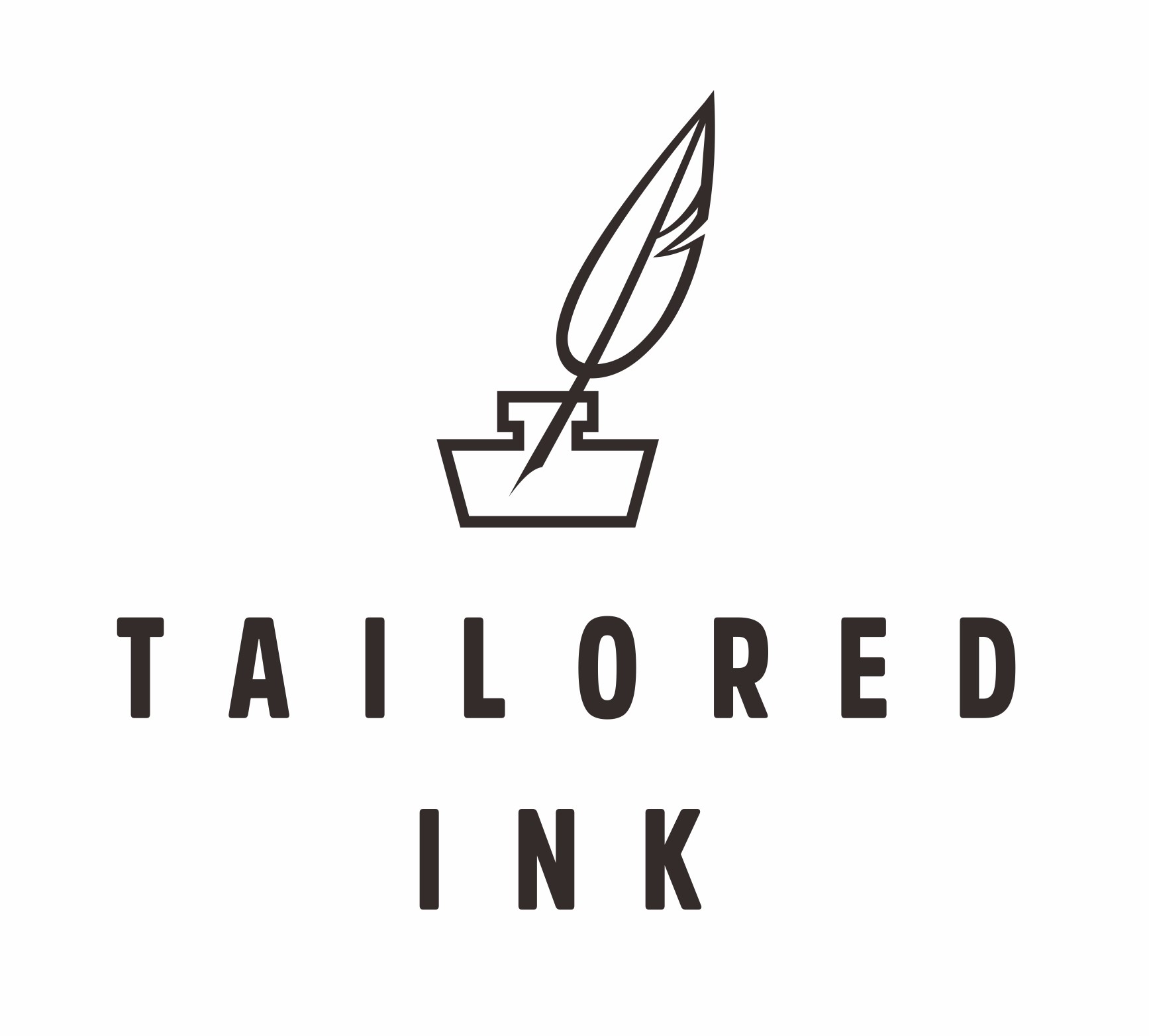You’ve probably cleaned out your house countless times, but have you ever thought about sprucing up your marketing strategy?
Spring cleaning is a great tradition. After spending months cooped up indoors, it’s a chance to refresh and refocus for the second half of the year. Why not apply that same energy to cleaning up your marketing strategy as well?
Step 1: Organize Your Efforts
If your team has been winging it, take this time to meet and document your marketing strategy as best as you can. Make a list of the different efforts you want to focus on this year, and fill in as much as possible. How are you reaching you social media goals? Content Marketing? Branding? Networking?
Creating editorial calendars and written strategies that document your plan keeps focus sharp long-term.
Step 2: Polish the Important Pieces
It’s easy to neglect your platforms once they’re set up and rolling smoothly. Don’t make the mistake of accepting “functioning” as “succeeding.” Use this spring cleaning exercise as an excuse to do a self-audit of your platforms, content and brand.
Start by pulling all of the data you can—analytics on everything you have. Take a look at them, one by one, and ask yourself questions such as:
Social Media
- Which social media platforms are generating engagement? Is the engagement valuable (i.e. is it leading to conversions?)
- Which aren’t? Is it because you don’t have an audience on the platform? Is it because your audience isn’t present on that platform?
Brand
- A brand evolves over time. Is yours still speaking to your audience? Is it still representative of your company?
Content
- Which topics resonate well with your audience? Is your content actually useful, or is it just a sales pitch?
By cleaning up and polishing these important aspects of your business, you reboot your entire company’s vision and focus.
Take Out the Trash
Are you wasting your energy on duds? Marketing in general takes a great deal of resources, and there’s no point investing resources into a void.
Now that you’ve audited and seen the analytics, you have a better idea of what’s working and what’s not.
To invest your resources wisely:
- Be selectively social: Having a dead Instagram account linked to your company’s homepage weakens the company’s brand as a whole. If you haven’t posted in months, let it go.
- Go through the mail: email marketing analytics make it easy to see which email addresses are responsive to your campaigns. If there certain email addresses that always bounce or end up undelivered, delete them. This will make your analytics more accurate and provide deeper insights.
- Back up your brand: Content that no longer speaks to your brand or provides no value to your customer is the marketing equivalent of having shag carpet in your living room: it sets a bad (and wrong) impression. Let it go.
Stock up on Essentials
Now that you’ve figured out your plan, dusted off and re-booted your strategies and optimized your efforts, it’s time to make the rest of the year go as smoothly as possible.
Having a generous backlog can ensure that there is always quality content coming out, without having to worry about falling behind during a busy week.
- If you have a content calendar, try to work 2-4 weeks in advance. This keeps pieces timely, yet provides enough leeway to fall behind every now and then.
- If you don’t have a content calendar, try to make one for the next quarter or the rest of the year. Keep in mind important company events, holidays and promotions.
- Make an email marketing idea list. It’s hard to come up with new and engaging topics every week, so having a list of fallbacks and sure-winners helps streamline the process.
- Stock up on visual content (such as pictures and videos) that you can easily pull from to post on Instagram, Facebook or blogs.
Do You to Spring Clean Your Marketing Strategy?
Try to remember how good it feels to sit in a nice, clean room and how glad you were that you finally got around to cleaning it.
This year, focus on achieving that same feeling for your marketing strategy:
- Organizing your efforts: make your goals easy to find and easy to maintain
- Clean up your presence: make sure your brand and its assets are helping and not hurting you
- Invest resources wisely: don’t keep dragging along dead initiatives
- Keep a backlog: Having content to pull helps streamline your strategy

 and
and  ?
?